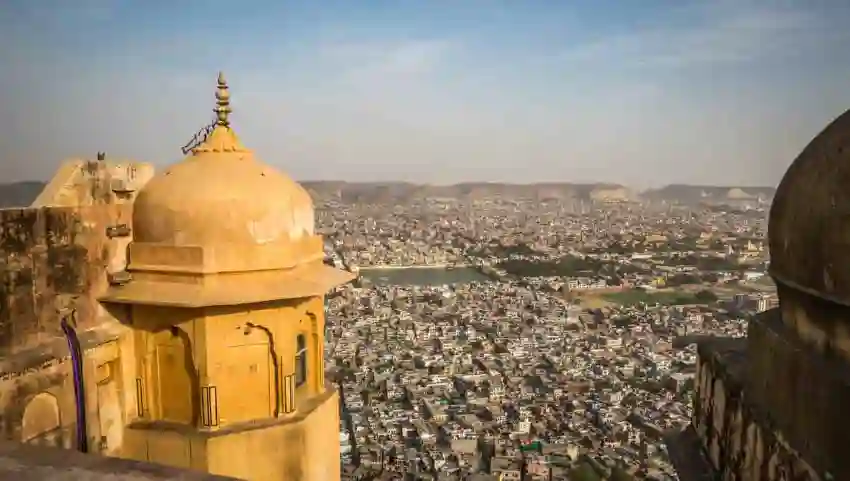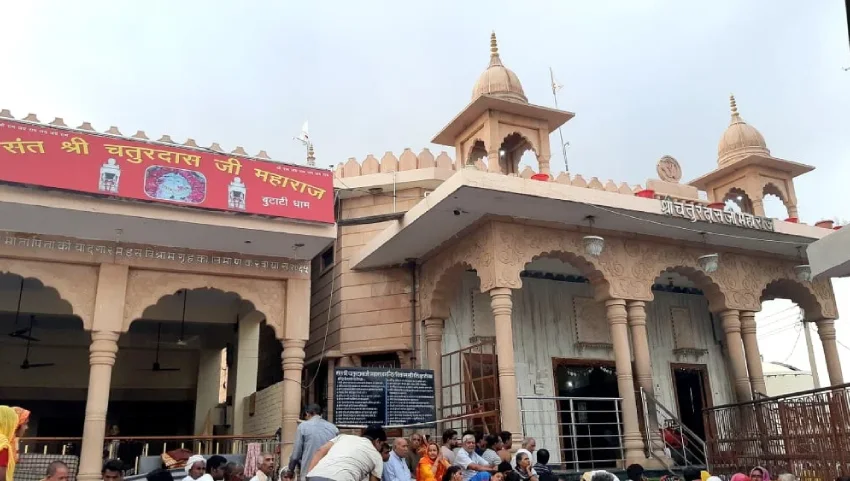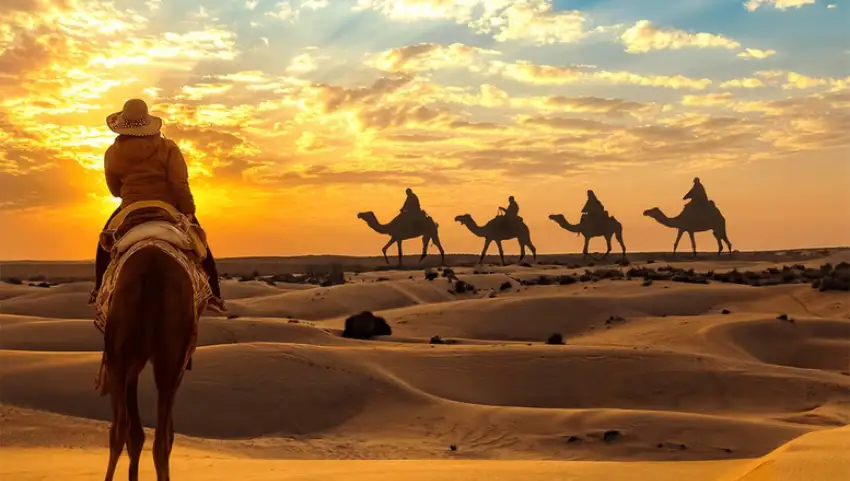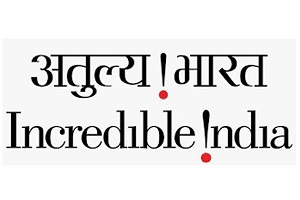
Places To Visit in Jaipur
With its rose-colored buildings, royal palaces, imposing forts, vibrant bazaars, and cultural panache, Jaipur is Rajasthan's grand capital and India's most iconic destination. Established in 1727 by Maharaja Sawai Jai Singh II, the city was designed with architectural flair and painted pink to receive Prince Albert in 1876, thus becoming the Pink City.
A part of India’s renowned Golden Triangle circuit (Delhi-Agra-Jaipur), this city fuses heritage, architecture, art, food, and royalty in perfect harmony. Whether you’re exploring forts, indulging in street food, or shopping for handicrafts, Jaipur is a treat for the senses.
Famous Attractions in Jaipur
Here are the top 20+ must-visit places that showcase Jaipur’s architectural brilliance and royal charm:
1. Amber Fort (Amer Fort)
10 km from Jaipur, this hill fort is a magnificent blend of Rajput and Mughal architecture. Visit Sheesh Mahal (Mirror Palace), Diwan-e-Aam, and take an elephant or jeep ride up to the gate for a regal welcome.
2 .Hawa Mahal (Palace of Winds)
This five-story pink sandstone building with 953 small jharokhas (windows) was intended to allow royal women to view street life without being seen. It's the city's famous face.
3. City Palace
This large palace complex still inhabited by the royal family comprises the Mubarak Mahal and Chandra Mahal, and contains a museum with royal clothing, arms, and antiques.
4 . Jantar Mantar
A UNESCO World Heritage Site, this astronomical observatory has 19 gigantic instruments, including the world's largest stone sundial, constructed by Sawai Jai Singh II.
5 . Nahargarh Fort
On the Aravalli Hills, it provides an overview of Jaipur and has a rich history as a defense fort and a royal oasis.
It's particularly famous for sunsets.
6 . Jaigarh Fort
Connected to Amber Fort by an underground tunnel, Jaigarh contains the Jaivana cannon, which was the world's largest wheeled cannon. The fort also has breathtaking views.
7.Jal Mahal (Water Palace)
In the centre of Man Sagar Lake, this architectural wonder seems to defy gravity and appear as if it's floating. While visitors are not allowed inside, watching it from the lake banks during sunset is an absolute must.
8. Albert Hall Museum
In Ram Niwas Garden lies Rajasthan's oldest museum filled with ancient artifacts, paintings, sculptures, and one Egyptian mummy.
9.Birla Mandir (Lakshmi Narayan Temple)
Made of snow-white marble, this contemporary temple is located at the foot of Moti Dungri Hill and is for Lord Vishnu and Goddess Lakshmi.
10.Galta Ji Temple (Monkey Temple)
Constructed amidst the hills and natural springs along with kunds (pools), this very old pilgrimage point has tribes of monkeys and gorgeous frescoes inhabiting it.
11.Chokhi Dhani
Live rural Rajasthani heritage in this ethnic village resort featuring folk dances, camel rides, puppet shows, authentic meals, and more.
12.Masala Chowk
A street food court within the Ram Niwas Garden where the best street food of Jaipur such as kachoris, chole bhature, golgappas, and dal baati churma all sit together in a single food court.
13. Gaitore Ki Chhatriyan
Situated in a peaceful valley, this place is occupied by cenotaphs of Jaipur's monarchs. The marble memorials, carved out, are well-planned with Rajput architecture.
14.Patrika Gate (Jawahar Circle)
This photo-perfect arch is adorned with bright murals that represent Rajasthan's royal past, festivals, and rural life.
15.Amar Jawan Jyoti
A war memorial dedicated to Jaipur's courageous soldiers, it burns at night with a perpetual flame, situated near Vidhan Sabha.
16.Raj Mandir Cinema
One of India's most iconic cinema halls, this Art Deco cinema is as regal as a palace. Catch a Bollywood film for a local experience.
17.Anokhi Museum of Hand Printing
Near Amer Fort, this museum keeps the ancient art of block printing alive. Observe live demos, antique fabrics, and rare prints.
18.Central Park
The city's biggest green area, it has musical fountains, a golf course, and the highest national flagpole in Rajasthan.
19.Sisodia Rani Ka Bagh
A tiered garden with a romantic theme constructed for a queen, it has Mughal-Rajput fusion architecture, murals, and fountains, making it a peaceful haven.
20.Kanak Vrindavan Garden
This beautiful garden near Amber Fort is a replica of Lord Krishna's Vrindavan. It includes marble fountains, pavilions, and the Govind Dev Ji Temple.
Things to Do and Travel Experience in Jaipur
Here are 12 unforgettable experiences that capture Jaipur's charm:
1.Watch the Sunset at Nahargarh Fort
With the Pink City below and a golden sky above, this is one of the most scenic spots for an evening.
2.Take an Elephant Ride to Amber Fort
Relive royal traditions by ascending the hill on a painted elephant—an iconic experience in Jaipur.
3.Enjoy a Traditional Thali at Chokhi Dhani
Relish dal baati churma, gatte ki sabzi, ker sangri, and so much more as folk dancers serenade you.
4.Buy your souvenirs at Bapu Bazaar and Johari Bazaar
Purchase bandhej sarees, silver ornaments, block prints, mojris, and handicrafts in these vibrant, congested bazaars.
5.Enjoy a Heritage Walk in the Pink City
Walk down lanes near Tripolia Gate and Hawa Mahal, where history is the whispered promise in every brick.
6.Ride the Ropeway to Karni Mata Temple
Take a picturesque cable car ride from Dudh Talai to the temple and enjoy panoramic views of the walled city.
7.Witness aarti at Govind Dev Ji Temple
This Krishna temple, situated in City Palace, attracts huge crowds with its soul-stirring devotional chants.
8.Enjoy Local Snacks at Masala Chowk
Taste the best of Jaipur's street food—from spicy kachoris to creamy kulfi—in one handy open-air court.
9. Take a Guided Tour of City Palace
Discover the Mewar dynasty, royal apartments, and view costumes, weapons, paintings, and chandeliers.
10.Capture Insta-Worthy Photos at Patrika Gate
Be there early morning to click through the stunningly painted corridors without the throng.
11.Watch a Movie at Raj Mandir Cinema
Experience the vintage magic of Bollywood in India's most regal and glamorous cinema hall.
12.Stay in a Haveli or Heritage Hotel
Book a room at Alsisar Haveli, Narain Niwas Palace, or the famous Rambagh Palace for an experience fit for kings.


































